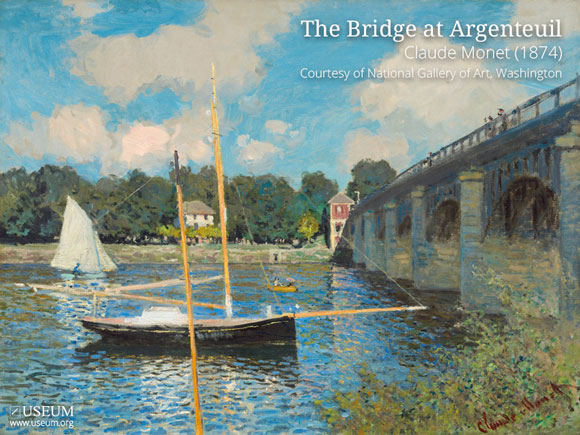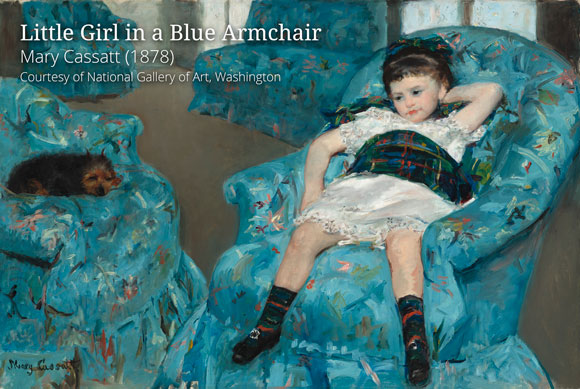Impressionism
"Impressionism is the newspaper of the soul."
Impressionism is a 19th century art movement, which has its origins in France. The term itself has come up from a review of Monet's painting, Impression, Soleil Levant (1872). Impressionism challenged and revolutionised the established art until that time. Although Impressionists may have been critically received at the beginning, their revolutionary techniques provide a source of inspiration for many painters until nowadays. The French originated art movement had an impact not only in visual arts, but also in music and literature. Explore the Impressionist Movement by starting from What is Impressionism. Browse our curated list of artworks from reknowned impressionist painters such as Claude Monet, Renoir and others.
What is Impressionism?
Impressionism is one of the fundamental components for the progression from old nineteenth century to modern twentieth century art, without this radical shift in popularity from the wealth of institutionalised art to the free, independent exhibitions of the Impressionists, there would be no Post-Impressionist Van Gogh, Rousseau or Cézanne, but instead they would be replaced by more repetitive traditional paintings like that of Bouguereau. Impressionism is a radical departure from tradition, which completely changed the way people think about art.
The original impressionists were a group of French artists who formed The Anonymous Society of Painters, Sculptors, Printmakers, etc. who despite their varied backgrounds and faintly individual style, all wanted to represent a fresh way of looking at the world. They took influence from the emerging medium of photography, and wished to capture motion and movement in humans and their surroundings as closely as possible. Although there may not always be a human in the piece there will always be traces of human activity, such as the boat in The Bridge at Argenteuil by Claude Monet.
Their main objective was to to capture the world as we see it presently, rather than the mythological, religious or historical paintings that were popular beforehand. In order to capture this essence, their aesthetical tendencies used new technicalities such as:
- The use of brighter colours with little mixing to create a larger contrast. The "true impressionist" avoids black paint altogether.
- Short, "broken" impasto brush strokes layered upon each other whilst still wet, so that all paint dries at the same time, intermingling colour.
- White or light-coloured canvas, as oppose to the darkly coloured previous ones.
These new modern elements were a platform for modern art to rise upon, and influenced not only French artists, but sparked Impressionism beyond Europe and into America where artists such as Mary Cassatt continued this new, fresh, representation of the motion of the world.

